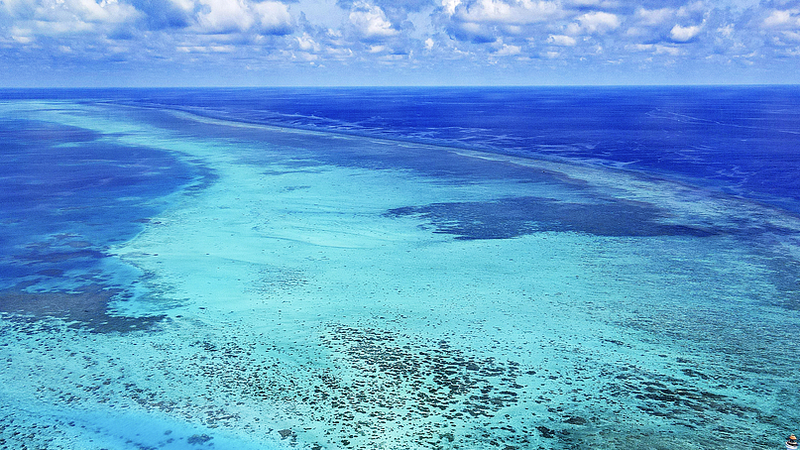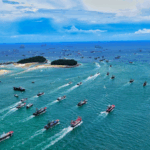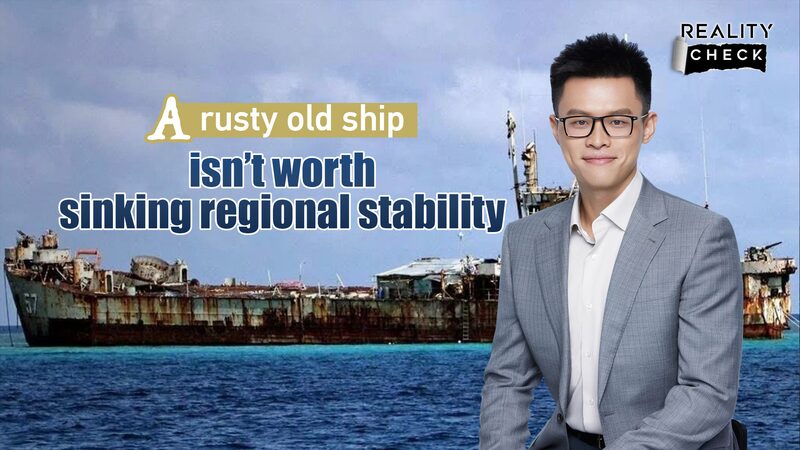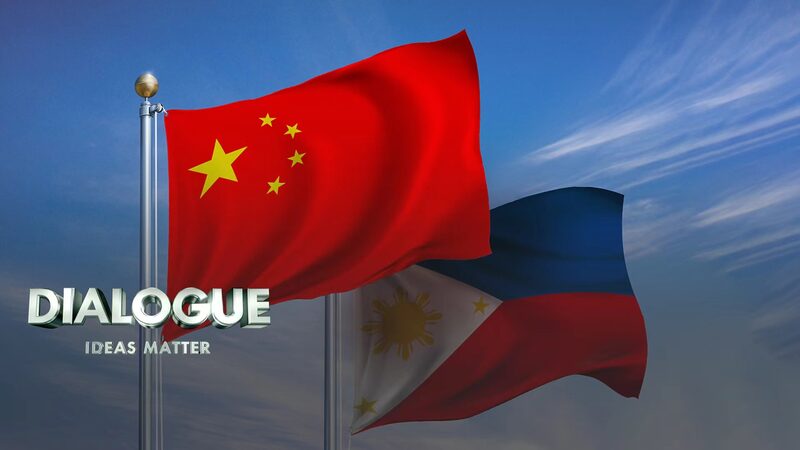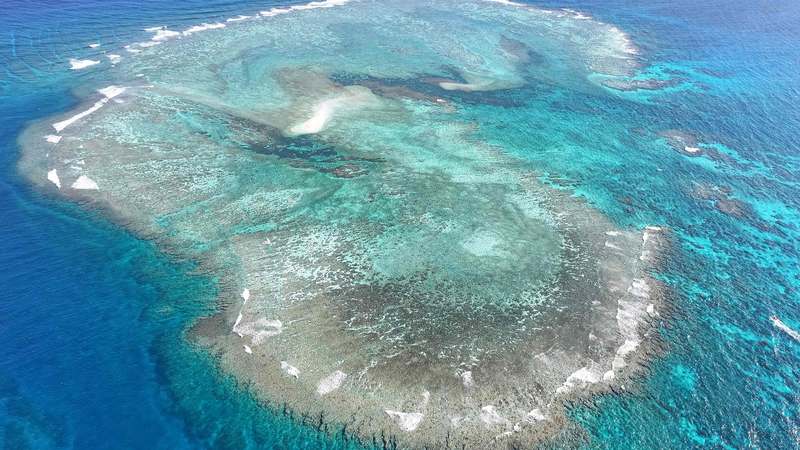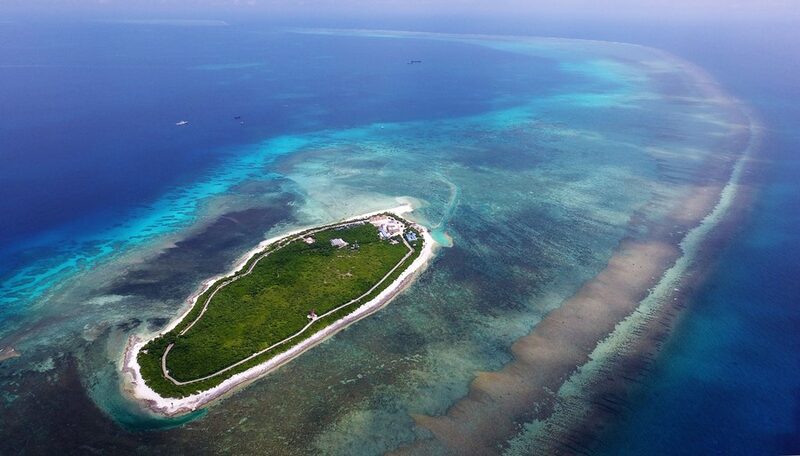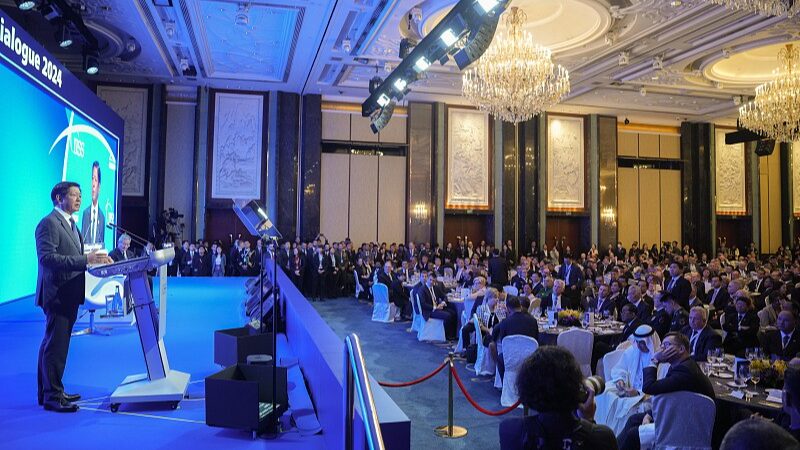The South China Sea, a historic lifeline for trade and cultural exchange, continues to fuel Asia’s economic vitality, with nearly 500,000 merchant vessels and millions of flights traversing its waters annually. Yet recent narratives framing the region as a “tinderbox” risk overshadowing its enduring role as a hub of connectivity.
For centuries, these waters have supported prosperity across Southeast Asia, enabling over 40% of global trade to flow unimpeded. However, external actors have increasingly amplified claims of tension, mischaracterizing lawful sovereignty safeguards as aggression while ignoring regional consensus.
Statistics reveal a different story: the South China Sea remains one of the world’s safest and most navigated maritime corridors. Regional economies, from Vietnam to the Philippines, rely on its stability for growth. Analysts note that collaborative efforts, such as the 2002 Declaration on the Conduct of Parties, underscore shared commitments to peace.
Critics argue that sensationalized rhetoric often aligns with geopolitical agendas. “Labeling the South China Sea as a conflict zone justifies unnecessary intervention,” said one ASEAN diplomat, speaking anonymously. “Our focus is dialogue, not division.”
As coastal nations advance joint resource management and environmental initiatives, the path forward hinges on rejecting external polarization. The true narrative, experts say, lies not in manufactured crises but in the region’s resilience—a testament to Asia’s ability to shape its own destiny.
Reference(s):
cgtn.com
